

One year ago, Bob Iger reentered the building as CEO of the Walt Disney Company. Late the previous night before the Elton John concert ‘streaming event’ on Disney+ at Dodger Stadium, executives found out that the board had pulled off a classic Bob Swap™️, replacing Chapek with once former and now current CEO Bob Iger.
Fan consensus at the time was that it was like an early Christmas present. Right away, Iger made clear that he had plans to clean up Chapek’s costly catastrophes, with a focus on building on the company’s rich history and legacy of “creativity, innovation, and inspiration.” Iger leaked to the media that he had been “alarmed” by price increases at Walt Disney World and Disneyland, and was concerned that Chapek was “killing the soul” of Disney.
Sentiment has soured since. Fans expected colossal changes virtually overnight, with the undoing of bad decisions and more positive momentum. One year later, a lot has changed, but it’s still not to the satisfaction of many. This is not to say that fan expectations are unreasonable–Chapek expertly and efficiently inflicted a lot of pain, why couldn’t that be fixed just as expeditiously?
As a Detroit Lions fan, I would liken this to the abrupt retirement of Barry Sanders–destroying the team’s talent and decimating chances of contention overnight. It was thus to be expected that the team would enter a rebuilding year. Little did we all realize that rebuilding would take ~20 years, and the Lions wouldn’t be a bona fide contender until 2023. (I know, don’t jinx it!)
It would seem that Iger is quickly learning that he left the 1999 Lions and returned 2 years later to inherit the 2001 team. The company was in “worse shape than Iger realized” and he’s “overwhelmed and exhausted,” even privately questioning why he returned, according to Bloomberg.
Part of that is Iger’s own fault. He made many of the decisions that led Disney to where it is today, including choosing Chapek as his successor. Part of it isn’t. Outside forces and adversaries, including a suddenly shifting media landscape, have exacerbated every problem.
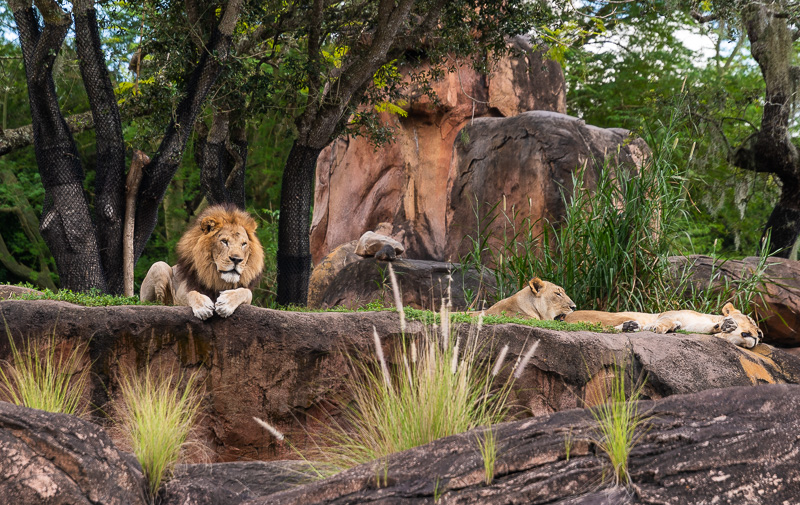

The good news is that Iger is a lot more like Brad Holmes than Matt Millen as a leader. Slowly but surely, Iger is turning things around–righting the ship and course-correcting the Walt Disney Company as it heads into its second century.
“Our progress has allowed us to move beyond this period of fixing and begin building our businesses again.” That was the message Bob Iger delivered during the most recent earnings call, suggesting that the period of course-correction from the Chapek era was over, and that Disney would begin moving forward.
In so doing, Iger identified four “building opportunities” for the Walt Disney Company that will be central to future success:
- Achieving significant and sustained profitability in streaming services
- Building ESPN into the preeminent digital sports platform
- Improving the output and economics of the film studios
- Turbocharging growth in Parks & Resorts
We’ve already discussed three of these four opportunities in a number of past posts, so we’re not going to fixate on them here. Suffice to say, figuring out the future of ESPN, stopping the losses of streaming, and reducing the company’s debt (via the first two entries, plus divestiture of linear and more) are all necessary prerequisites to future growth.
Additionally, we’d add that there are a few other things that Bob Iger and Disney need to fix–both high-level and more granular–before the company can truly start looking at the future. Here’s what makes the list for us…
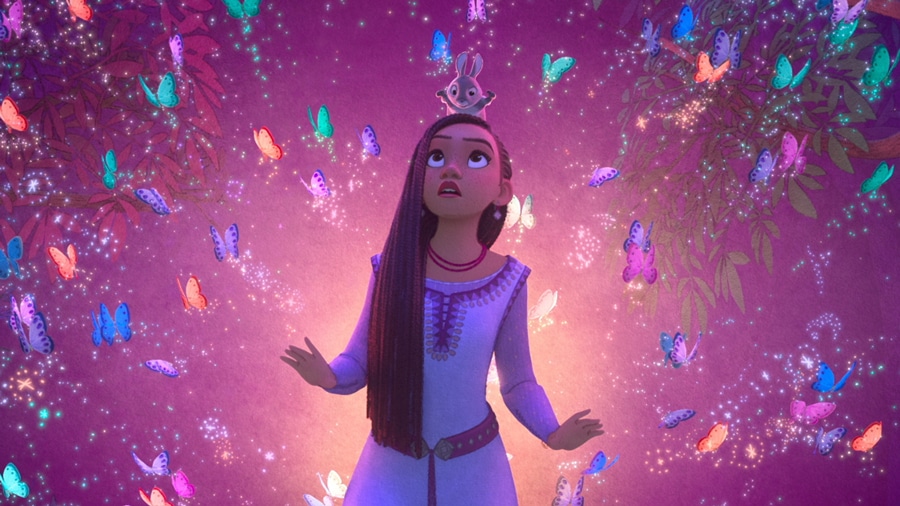

Put Creativity First – Just about every movie or show I’ve seen made by the Walt Disney Company’s family of brands in the last two years seems like the script was written by manatees with idea balls. It’s no surprise that one sticking point of the strikes was AI–much of this content seems like the starting point was a ChatGPT prompt: “write a formulaic Disney script featuring x, y, and z.”
In reality, this paint by numbers quality of recent Disney releases is a result of the company’s by committee approach to manufacturing content. It’s not really a machine, but it sure seems like it. This is actually nothing new, but it’s starting to catch up to Disney as audiences tire of this approach and the studios haven’t had anything creative and unique like Coco, Inside Out, Moana, Guardians of the Galaxy, Black Panther, Frozen, or even Encanto in the last couple of years to offset the sea of unoriginality.
Most of the “best” movies have been sequels, and all of the ostensibly original ideas have fallen flat. The live action remakes were never intended to be good, and that hasn’t changed, but it’s grown more tiresome amidst a sea of sequels and unoriginality.
I’ve been really excited for Wish, hoping that it would be the movie to break this creative losing streak. Judging by the mixed reviews, that won’t be the case. Admittedly, though, we are not the target audience for most Disney movies–and we are definitely less forgiving than a lot of fans. We’re not going to see Trolls Band Together instead–we’ll see The Boy and the Heron. But there are plenty of families who will read or hear the middling reviews and opt for Universal’s newest gnome film instead.
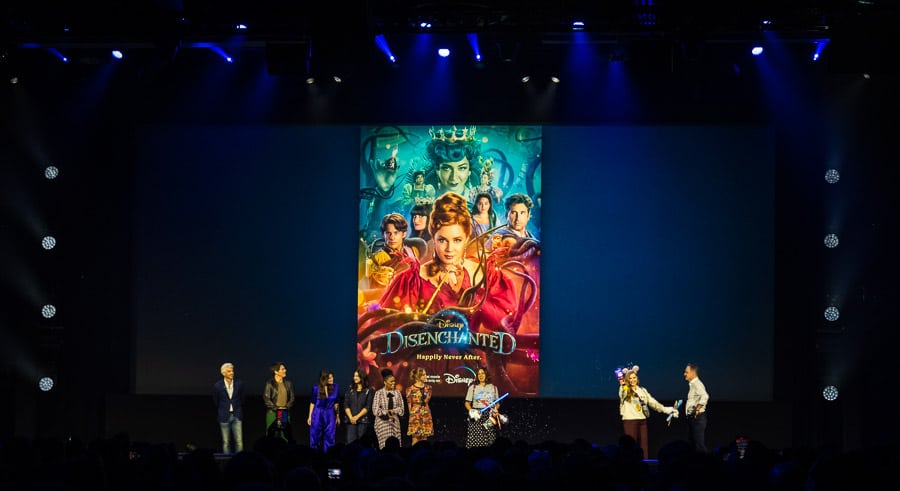

Brand Deposits Over Withdrawals – Bob Iger famously uses the term “brand deposits” or “brand withdrawals” when talking about managing the Walt Disney Company’s reputation and franchises. Perhaps infamously, as fans have bemoaned the use of these terms.
But he’s right. Iger came to view Disney in these terms thanks to the counsel of his late friend and board member Steve Jobs. It was Jobs who first advised Iger to think of “brand deposits” or “brand withdrawals” every time they made a movie, television show or consumer product. Jobs’ legacy and influence can be seen all across Disney, and some of the best decisions of the aughts were a result of the Jobs-Iger relationship. I suspect fans would be less harsh on the brand deposits and withdrawals lingo if they knew its origins.
Somewhere in the last decade, Disney has lost focus of this view. I don’t think anyone would sincerely suggest that Peter Pan and Wendy, Lightyear, Disenchanted, or any number of other streaming releases–the modern day equivalent of direct-to-video sequels–were brand deposits rather than withdrawals.
These are even worse than the live action remakes that I revile. As creativity bankrupt and soulless as those might be, at least the remakes serve a purpose–introducing new demos and markets to the stories and characters. Optimistically, I’d like to think that leads to international and younger audiences to discovering the superior originals. All of the above movies cannot justify their own existence at all–those were not stories that needed to be told. They are brand withdrawals.
Thankfully, it would seem that Bob Iger finally recognizes this. During the most recent earnings call, he didn’t mince words when asked about the studios’ losing streak: “As I look at our overall output, meaning the studio, it’s clear that the pandemic created a lot of challenges creatively for everybody, including for us…we were leaning into a huge increase in how much we were making and I’ve always felt that quantity can be actually a negative when it comes to quality. And I think that’s exactly what happened. We lost some focus.”
Here’s hoping he takes this to heart. One of the reasons that Apple TV+ is top-tier is that they’ve listened to Steve Jobs’ wise words, and created a streaming service befitting of the Apple name. They’re more like HBO than Max is, whereas Disney+ is starting to feel more like the Discovery brand.
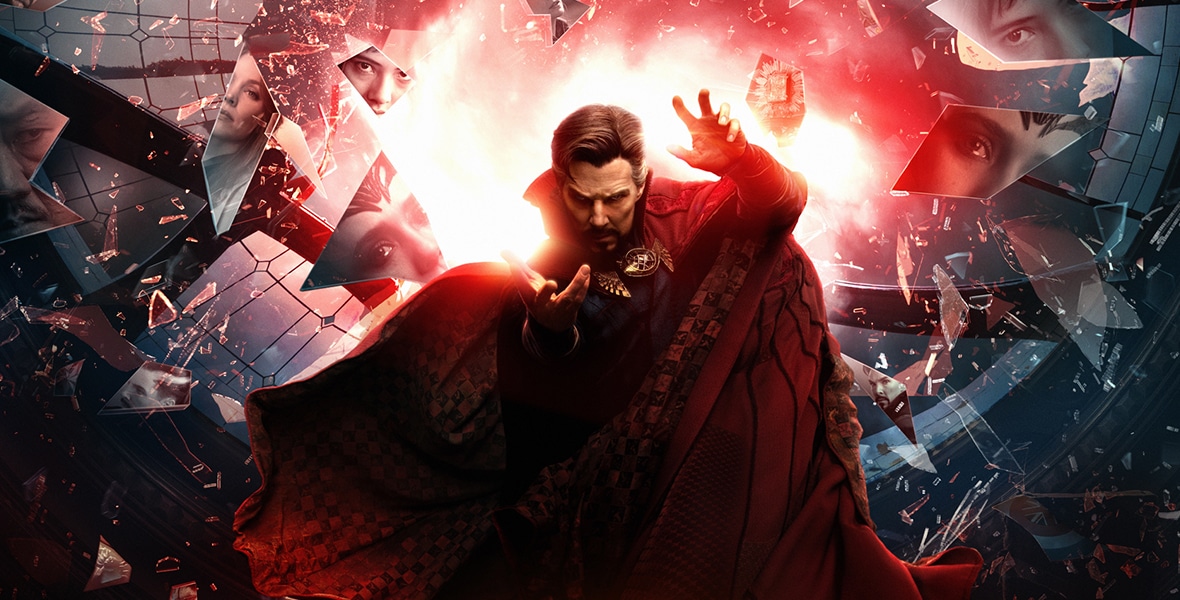

Slash VFX Budgets – Earlier this year, I read an excellent article about why VFX now looks worse than it used to and costs much more despite that. I can’t find the insightful piece now, but there are plenty of others that say more or less the same thing. Budgets have exploded as there’s been a lax attitude in shooting scenes and willingness to “fix it in post.” Reshoots and changes in creative direction have exacerbated this, as have crunch and overtime to ensure projects hit their release dates.
The end result is that a lot of scenes are aesthetically cringey. Entire movies look like they might have never been shoot in any real world location. While watching one of the studio panels at last year’s D23 Expo, trailer after trailer looked almost indistinguishable from cutscenes on my Playstation 5.
Movies that look like movies won’t alone fix the problem, but a concerted effort to correct that certainly wouldn’t hurt. It starts with a top-down approach and a mandate to slash VFX to get things right in camera or, better yet, shoot in the real world in the first place.
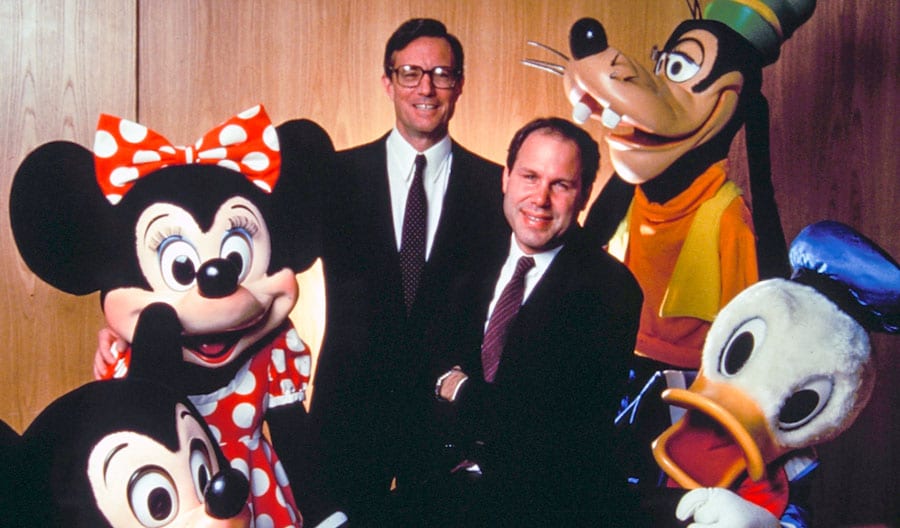

Rein in Spending – Bigger picture, Disney’s spending is absolutely out of control when it comes to content. There’s no reason that an episode of an awful Marvel show should cost $35 million. Heck, there’s no reason a good episode should cost $25 million! Same goes for movie budgets ballooning to the point that even projects that are relatively well-received by audiences still don’t break even.
Those who have read DisneyWar know that former CEO Michael Eisner famously had a “Singles and Doubles Philosophy” to tell great stories on modest budgets. This was incredibly fruitful, both creatively and financially, as it allowed the studio to take risks on ideas without as much to lose. (Interestingly, even back in 1991, Jeffrey Katzenberg wrote a memo warning of out of control and undisciplined spending.)
This isn’t just applicable to arthouse indie films. Rom-coms, horror, dramas, and coming of age movies are all mainstream genres that don’t cost as much to make as superhero, science fiction, action/adventure, or space people movies. With that said, even the tentpole Marvel, Star Wars, and other franchises would benefit from being forced to do with less. This constant game of one upmanship where every explosion is bigger and every villain is badder than the last movie needs to be reeled in. Tell good stories, Disney–not just expensive ones–or audiences won’t care.
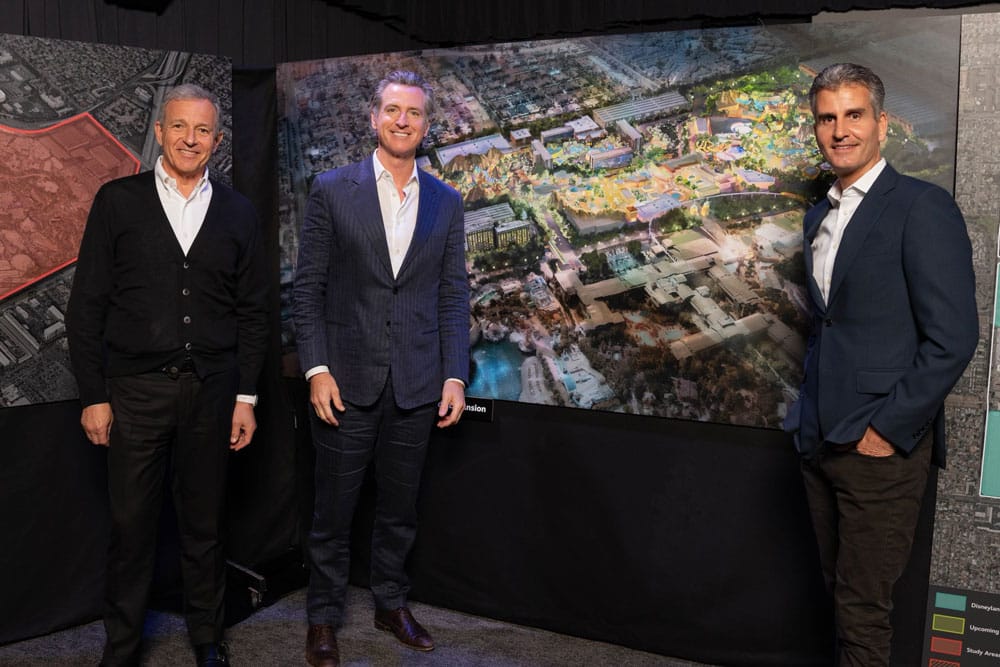

Quiet Controversy – Rage farming has become a cottage industry, and one that’s going to exist no matter what Disney does. Sadly, it’s only going to get worse before it gets better. Voices with a vested interest in manufactured outrage will find ways to misconstrue and contort everything into reasons to be angry. But those are not serious people, and just because they’re loud doesn’t mean they have influential voices.
For its part, Disney could still do a better job to quiet controversies. Having the foresight to know when something could become hot button would be a good thing, and help avoid an issue before it arises. (For example, why would you even touch Snow White and the Seven Dwarfs?! That’s an obvious minefield in every direction–before a single casting or creative decision was even made.)
To Iger’s credit, he has starting to steer the ship in the right direction when it comes to politics. Although the year started out rough and litigation is ongoing, DeSantis vs. Disney is no longer making mainstream media headlines or the nightly news. Sure, there are procedural updates to the lawsuits and assorted local-level stories, but nothing of national intrigue. Almost everyone has moved on. Thankfully. I would bet that Disney’s corporate ranking will actually improve for the first time in several years (see Disney’s Reputation Falls Further in 2023).
At the same time, Iger has made inroads improving Disney’s relationship with California, too. (It’s easy to forget, but Iger resigned from Governor Newsom’s Economic Recovery Task Force in October 2020 due to tensions between the state and Disneyland.) Newsom has since become an ally to Disney, making overtures to get the company to increase its presence in the state.
The next step out west is getting DisneylandForward approved, which should happen in 2024. Given the calming of tensions, our expectation and hope is that cooler heads prevail and Iger similarly repairs its relationship with Florida next year. Everyone loses and no one wins–except those who traffic in outrage–when these states and one of their largest businesses are at odds.
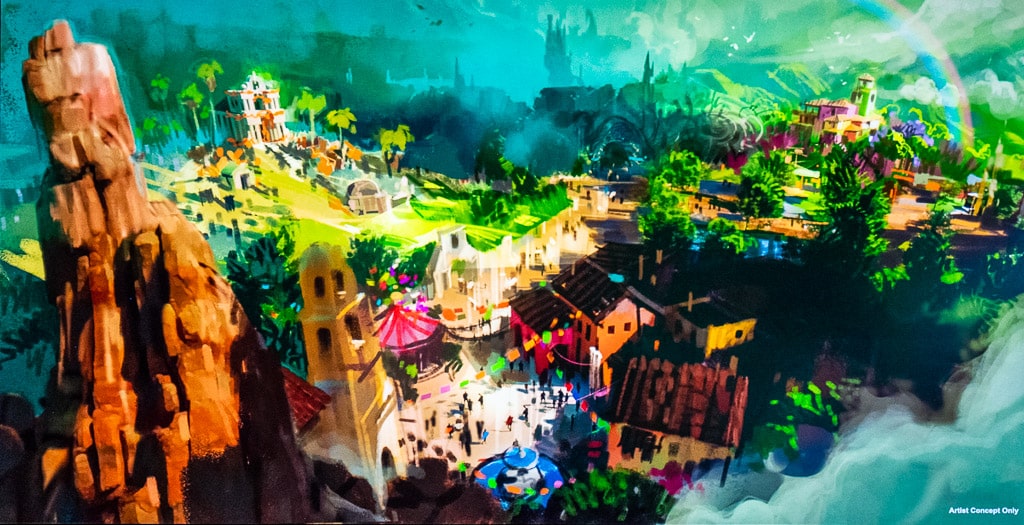

Make an Actual Announcement for Walt Disney World – “Fish or cut bait.” That’s an expression my grandpa used to say to me all the time (well, what he usually instructed was to do something “…or get off the pot” but this is a family-friendly blog). Essentially, it means to stop wasting time talking, and start doing.
Grandpa Ron would’ve been a great adviser to Bob Iger. In the last year or so, Disney has tried to make splashy non-announcement announcements for its theme parks. This started at last year’s D23 Expo, while Chapek was still at the helm. The initial reaction to the Animal and Magic Kingdom expansion proposals was excitement. Once the dust settled and fans realized just what had and, more importantly, had not been announced that gave way to skepticism, pessimism, and downright dismissiveness.
It’s only gotten worse over the last year. First Disney shared that the company has $17 billion investment plans for Walt Disney World. Then came the SEC filing indicating that the company plans to double investment to $60 Billion in Walt Disney World, Disneyland & beyond. The reaction to this news was essentially crickets. Fans yawned, taking an I’ll believe it when I see it attitude. Investors, who want to see more investment in Parks & Resorts, responded with a collective shrug. The stock price didn’t move at all.
The response to the Destination D23 announcements was essentially the same. Despite being objectively the biggest slate of news at their off-year event ever, including official confirmation of the Tropical Americas at Animal Kingdom, fans did not seem overly enthused. It was a similar story when it came to the most recent earnings call–the word “turbocharged” when talking about Parks & Resorts has practically become a punchline.
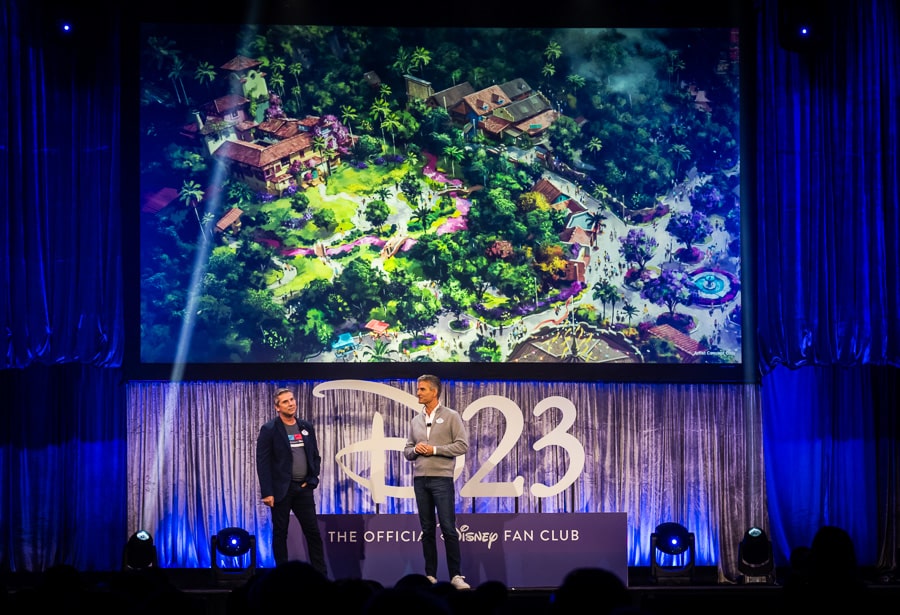

Just yesterday, Parks Chairman Josh D’Amaro said during an interview with EW that what fans saw at Destination D23 was not a final piece of concept art, but rather, “where our heads are” as Imagineers continue “dreaming” plans for Animal Kingdom’s future.
“We’ve got so many stories to tell, we have so many things we want to make even better in the theme parks. My plan is to continue to share that with the guests. I know people are like, ‘My gosh, I can’t believe he’s saying this. Is he serious, is he not?’ The answer is, we are absolutely serious.”
“We know what this business is capable of, we know what our fans expect of us, and we’re going all in. You’re going to see more and more of that. As we make our way through some of these ideas, some of them will become real, and we’ll say that’s specifically what we’re going to do, but I want our guests to be on the journey with us.”
I’ll admit that I actually like this approach, but I also understand that Walt Disney World is, realistically, in a holding pattern for the next couple of years while other priorities are sorted out. I also see the reaction and disinterest from the fan community and wonder whether Iger and D’Amaro are doing a good job of reading the room.
Perhaps they’re seeing and hearing feedback that’s different from what this site sees, but from my view, this approach is not working. It is arguably worse than saying nothing at all. In fairness to Iger and D’Amaro, it’s not all their fault. A big part of the problem here is the baseline from which the approach is starting.
This is occurring against the backdrop of several delayed or cancelled projects. If you look at what was announced during the 2019 D23 Expo, about half of that never came to fruition. The Mary Poppins attraction, key parts of the EPCOT overhaul, Reflections Lakeside Lodge, Play Pavilion, Spaceship Earth reimagining, and more. Some of that could certainly be blamed on COVID, but in other cases, that’s just a convenient excuse.
In other words, a lot of the goodwill and patience fans might otherwise have had with these non-announcement announcements was already exhausted prior to the start of the current process. Now, these public blue sky brainstorming sessions just feel like a tedious tease or even a brand withdrawal to many fans.
![]()
![]()
Make an Actual Announcement for Disneyland – It’s a very similar story with the California parks. The priority there, quite obviously, is getting DisneylandForward approved. For like the dozenth time, this is not a substantive plan or proposal, it’s more like a zoning proposal–everything you see in the DisneylandForward pitch is really just a placeholder of potential ideas or lands in international parks that they could, in theory, build. (C’mon, do you really believe Disney is going to spend OLC money to bring Fantasy Springs to life in California?!)
In the meantime, Disney seems reluctant to make any actual announcements for Disneyland Resort. They’ve done this song and dance with an undefined Avatar experience, and several years later, work still hasn’t started in earnest on the supposed Marvel E-Ticket. Then there are the walls still up at the Tomorrowland entrance (celebrating the 4th anniversary tomorrow!) and a number of other overdue updates.
We’re at the parks every week. Even as pent-up demand exhausts itself, it’s still very obvious that attendance and spending are sky-high, far eclipsing 2019. It’s absurd that this momentum isn’t being leveraged, and virtually the only projects that move quickly are Disney Vacation Club. Between now and at least 2026, it’s unlikely that there will be a newly-built ride (reimaginings excluded) on either coast.


Improve Guest Satisfaction – You might notice that this ‘wish list’ is higher-level things that are actually within a CEO’s purview. We recently shared a list of things Walt Disney World needs to fix or restore to improve the guest experience. All of that still stands, it’s just below Bob Iger’s pay grade and nothing he would handle directly.
Nevertheless, Iger should once again reiterate his mandate to leadership at Parks & Resorts to improve the guest experience. The work is not finished there, and this will become increasingly necessary as pent-up demand continues to exhaust itself and there’s more of a consumer spending and sentiment pullback.
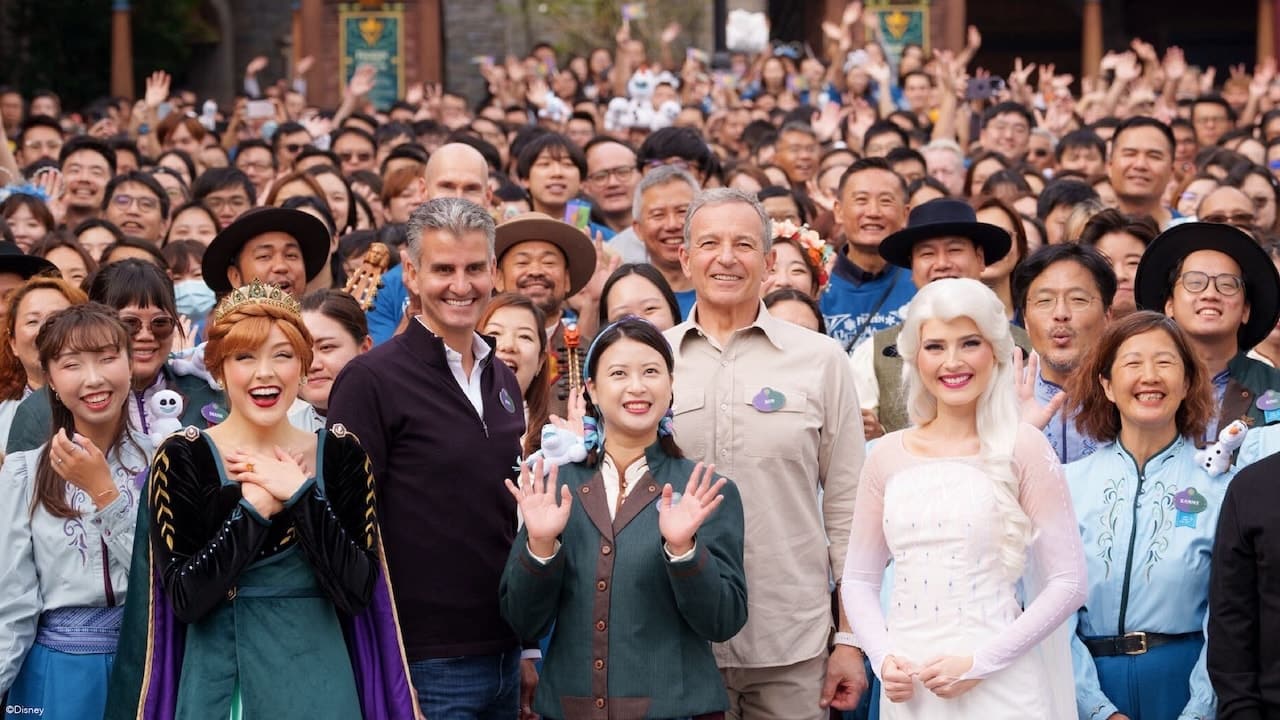

Improve Cast Member Morale – Anyone who has Cast Member friends can tell you that there was an immediate improvement in morale when Chapek was fired and Iger brought back. A huge number of frontline Cast Members and other employees expressed their elation that Chapek was gone and Iger was back. It was significant, sudden, and–a rarity for this type of thing–on public display.
One year later, my outside-looking-in assessment would be that morale is still better now than it was on November 19, 2022. But probably not as good as it was on November 21, 2022. Part of this was to be expected–the honeymoon phase has come to an end. Just like fans had unrealistic expectations about what Iger would do or how quickly, so too did Cast Members.
But not all of it. As discussed above, it’s been a year of transition, which has meant the layoff of 7,000+ employees (albeit no frontline Cast Members in Parks & Resorts), along with wage negotiations between the company and Walt Disney World unions (that we categorized as an unforced error) and high-profile disputes in Hollywood. Iger’s initial comments on the writers’ and actors’ strikes weren’t exactly well-received, but he’s since course-corrected.
Iger has scheduled another Town Hall with Cast Members and employees on November 28, 2023–one year after he held one upon returning–during which he will discuss his vision for the future of the Walt Disney Company and field questions. He’s expected to use the discussion as an opportunity to further boost Cast Member morale, and he’ll undoubtedly accomplish exactly that.
We’d also suggest that Iger and D’Amaro spend more time together in the parks this holiday season (without escorts), making a point of soliciting feedback from Cast Members and guests. This is a little but important thing. Cynically, it could be interpreted as a PR photo op, but we’d argue that this can be immensely beneficial both for morale and for executives hearing firsthand accounts of what’s working and what isn’t.
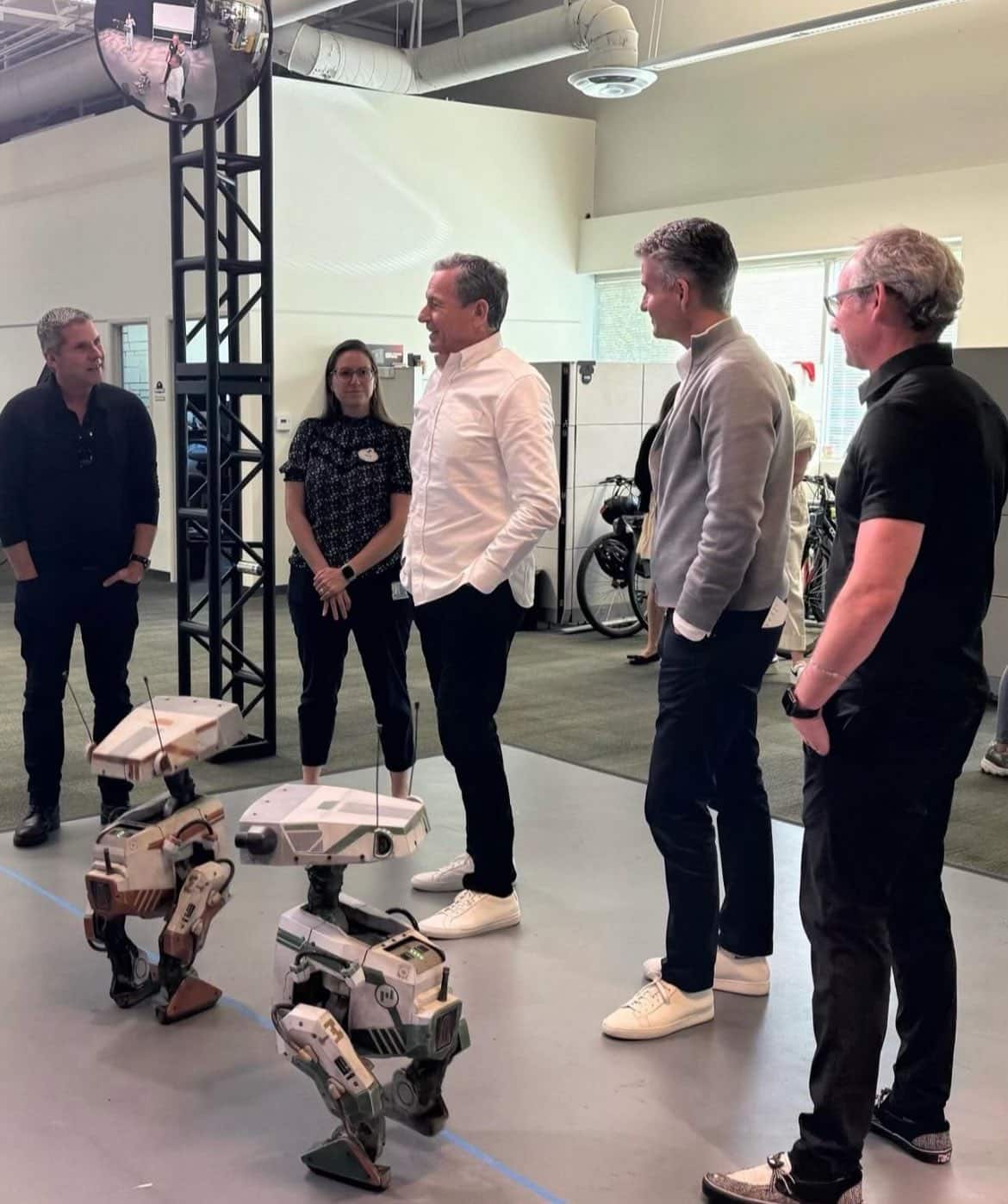

Choreograph His Succession Plan – Over the summer, the board of directors extended Iger’s contract to serve as Chief Executive Officer through December 31, 2026. In so doing, they said it “provides continuity of leadership during the company’s ongoing transformation, and allows more time to execute a transition plan for CEO succession, which remains a priority for the Board.”
With Iger having another 3 years, it’s too early to name a successor. The same will be true at this time next year. However, it will not be too soon to choose and groom one (or two!) replacements and start telegraphing to Wall Street and fans that this is the future of the Walt Disney Company. Back when Chapek hastily succeeded Iger, we were surprised that hadn’t happened, especially with how Disney choreographs and telegraphs every decision. As Disney’s own board said, continuity in the transition is a priority.
Disney will soon bring aboard a new CFO who could be a future CEO candidate. As you might recall, Kevin Mayer and Tom Staggs were recently brought back as strategic advisers to Bob Iger. This could be a precursor to one or both succeeding Iger as CEO via a talent acquisition of Candle Media. This blog has been championing that duo or Josh D’Amaro-Dana Walden as co-heads of Disney with an Eisner-Wells or Walt-Roy dynamic. Basically, we just want someone at the top who cares about Walt Disney World and Disneyland!
Planning a Walt Disney World trip? Learn about hotels on our Walt Disney World Hotels Reviews page. For where to eat, read our Walt Disney World Restaurant Reviews. To save money on tickets or determine which type to buy, read our Tips for Saving Money on Walt Disney World Tickets post. Our What to Pack for Disney Trips post takes a unique look at clever items to take. For what to do and when to do it, our Walt Disney World Ride Guides will help. For comprehensive advice, the best place to start is our Walt Disney World Trip Planning Guide for everything you need to know!
YOUR THOUGHTS
How would you grade Bob Iger’s first full year back as CEO? Think that he’s accomplished a lot or a little given where the company stood as of late last year? Believe that this year’s progress has allowed Disney to move beyond this period of fixing and the company will begin building again in 2024? What else would you like to see Bob Iger fix or accomplish in 2024 at Walt Disney World, Disneyland or beyond? Think things will get better or worse throughout the next couple of years? Do you agree or disagree with our assessment? Any questions we can help you answer? Hearing your feedback–even when you disagree with us–is both interesting to us and helpful to other readers, so please share your thoughts below in the comments!

